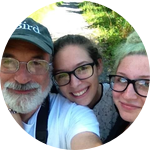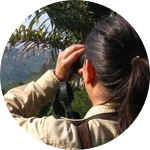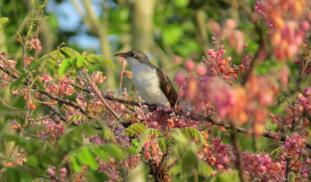Please wait...
About This Project
SELVA: Research for Conservation in the Neotropics
Travelling thousands of kilometers every year, the Yellow-billed Cuckoo is a true globe trotter. Its epic migration takes it from its breeding grounds in North America’s deciduous forest, across the Caribbean and the Amazon basin, and deep into South America – and back again! With your support, in this phase of the Neotropical Flyways Project we will answer the big unanswered question, how?
More Lab Notes From This Project

Browse Other Projects on Experiment
Related Projects
How do polar bears stay healthy on the world's worst diet?
Polar bears survive almost entirely on seal fat. Yet unlike humans who eat high-fat diets, polar bears never...
Uncovering hidden insect diversity associated with a likely undescribed gall-forming midge
Does a likely undescribed species of gall-forming midge (pers. comm. Ray Gagné) on Eriodictyon plants (Yerba...
Macrofungi of the California archipelago
The eight islands of the California Archipelago are a well-studied biodiversity hotspot — but we know almost...





